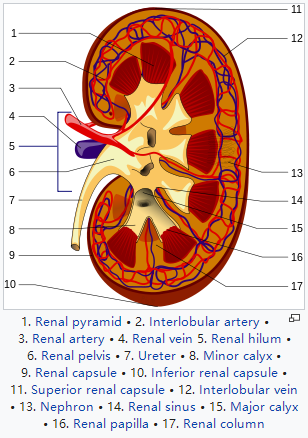Founded in 2003, Xinxiang Vic Science&Education
Co.,Ltd. is located in Xinxiang city near to the Yellow River and
Zhengzhou Airport. We are a leading professional educational
equipment manufacturer and supplier who integrates research,
production and sales all together. We have almost 50 workers, 10
people are at R&D and quality control team, Our factory has got
its ISO9001 certificates at 2018, CE certificates at 2019,and we
have rich experience at product design and OEM, and professional
process for export business, active and sincere service, Convenient
and fast reaction, good after sale service.
We specialize in manufacturing microscope prepared
slides, biological specimens, teaching models, rock specimens,
microtome, heating mantles, and other lab instruments with strong
supply chain.
We have won a very good reputation after more than 10
years export experience. We have taken part in many foreign
exhibitions, such as 2014 Arab Lab fair,2018 Swiss education
exhibition, Our products have been exported to USA, Australia,
Russia, Germany, Italy,Brazil, Singapore, Malaysia, Pakistan,
Dubai, Iran, Iraq, Dubai, Nigeria, Turkey, Japan and Korean.
Vic employees consider our company a sign of
victory and success. We consider every customer of utmost
importance. We consider that we have excellent quality products and
service. As a young and enthusiastic team, we will work hard to
achieve your needs and requirements.
With large stock in our factory, we can cope with large and urgent
orders promptly at competitive prices. We make all our efforts to
meet your needs with our strong advanges.













